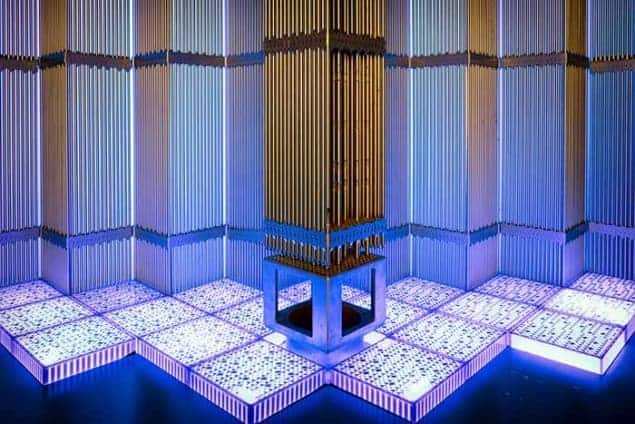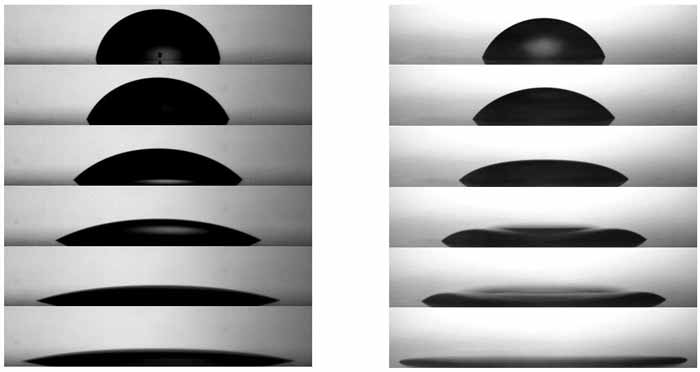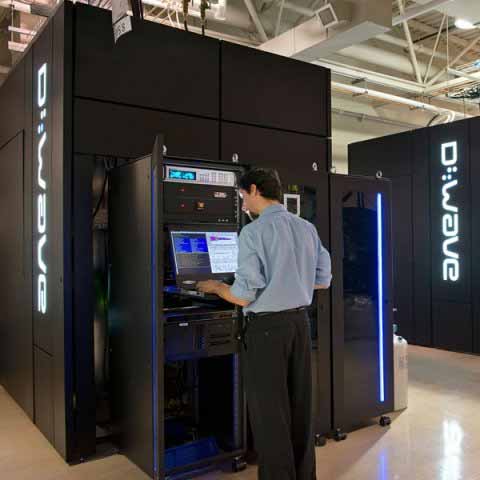Flash Physics is our daily pick of the latest need-to-know developments from the global physics community selected by Physics World‘s team of editors and reporters

Call for UK support for small modular reactors
The Energy Technologies Institute (ETI) has called on the UK government to develop a policy framework to support the construction of small modular nuclear reactors. In its report, the ETI – a public-private partnership between companies and the UK Government that was founded in 2007 – says that the UK government has a “crucial” role to play in fostering investor confidence. If that is successful, the report notes that the first small modular reactor could be in operation by 2030. Small modular reactors are a type of nuclear fission reactor that have an output of less than 500 MW and could be used in remote locations.
Surface dewetting observed at long last

The process of dewetting – whereby a thin film of liquid on a surface spontaneously forms bead-shaped droplets – has been observed directly for the first time by researchers at Northumbria University and Nottingham Trent University in the UK. The team used a technique called “dielectrowetting” to force a liquid to coat (or wet) a hydrophobic surface that is initially covered by a droplet. This involves applying an electric potential to a circular pattern of electrodes below the surface, which pulls the liquid downwards until it spreads over the surface to create a flat disc. The team then switched off the electric potential to observe dewetting, which they found is not simply wetting in reverse. While wetting involved a droplet flattening like a pancake (see image), dewetting began with a raised lip forming at the outer edge of the disc. This lip then moved inward at a constant speed until the disc has transformed into a droplet. According to Carl Brown of Nottingham Trent, theory and computer simulations both suggest that “the liquid tends to adopt the closest local equilibrium shape it can during dewetting”. He adds, “This explains the smooth rim shape which survives for most of the process”. Northumbria’s Glen McHale says the research could “spark a new line of research and lead to breakthroughs involving the use of liquids, such as better coatings and more effective self-cleaning surfaces”. The research is described in Science Advances.
D-Wave previews 2000-qubit processor

A computer comprising 2000 superconducting quantum bits (qubits) has been previewed by Canada-based D-Wave Systems. The new system has twice as many qubits as the firm’s previous model – the D-Wave 2X. The company claims that improvements to the new device’s control systems will allow it to run 1000 times faster than the D-Wave 2X and solve a broader range of problems. D-Wave has already sold previous versions of its systems to Lockheed Martin and to Google. However, the D-Wave devices are controversial: some physicists report that they outperform conventional computers on certain specialized calculations, while others say that they do not actually perform quantum calculations at all.
- You can find all our daily Flash Physics posts in the website’s news section, as well as on Twitter and Facebook using #FlashPhysics. Tune in to physicsworld.com later today to read today’s extensive news story on the Rosetta comet mission.



